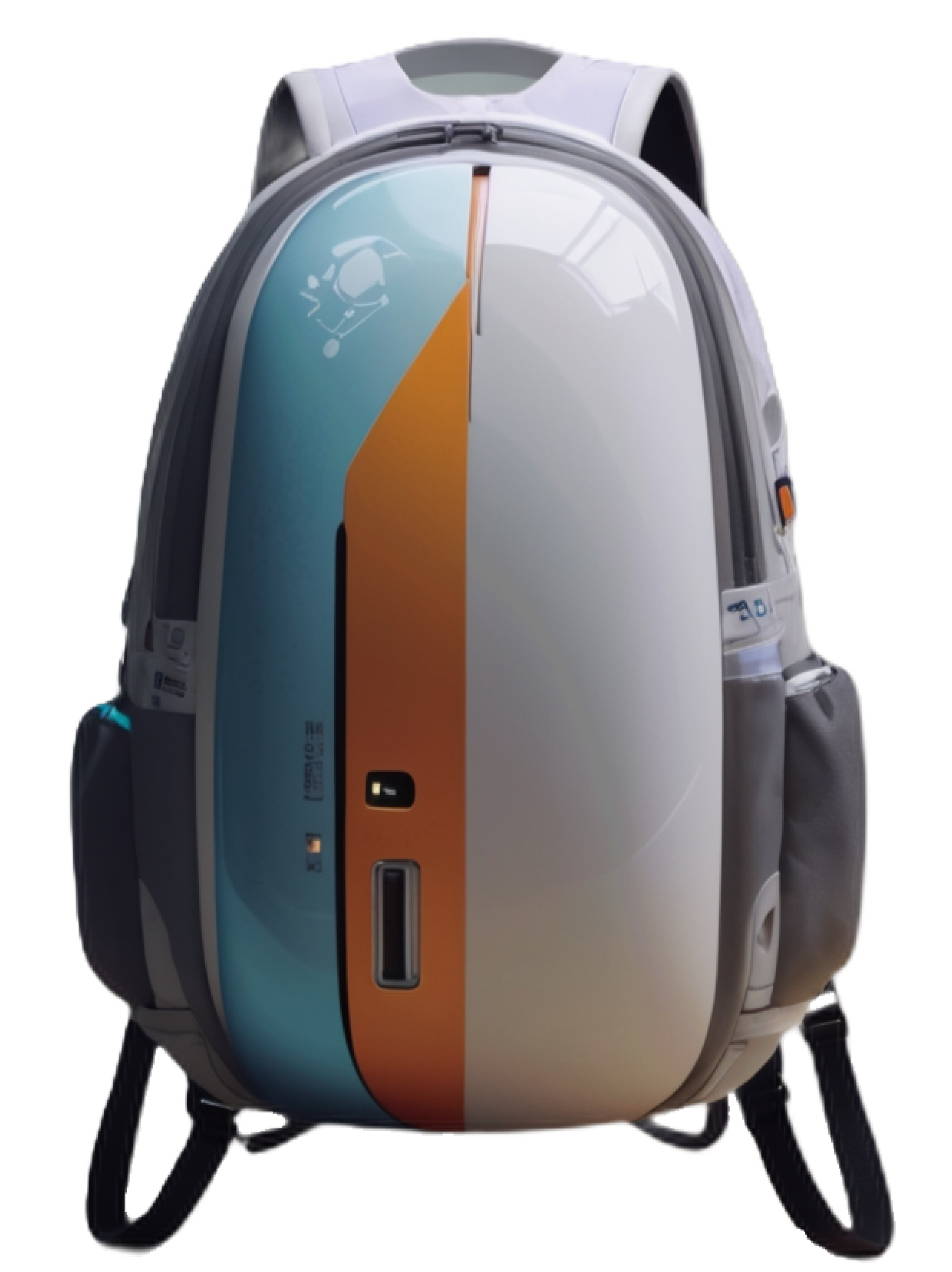LIFESAVER
The AI-powered kit that turns anyone into a hero, anytime, anywhere.
Inspiration
The Lifesaver project began with Eliah Aronoff-Spencer’s vision to make healthcare more accessible for everyone. He initially proposed the idea for the XPRIZE competition, aiming to create a solution that would allow people to handle medical emergencies without needing professional training. Although the proposal wasn’t selected, Eliah saw its potential and decided to bring it to UCSD. He created a special topics class, Design 160, to explore the idea further and see if it could become a reality. The class brought together students from diverse majors to collaborate on innovative solutions for real-world medical challenges. It was in this dynamic, interdisciplinary setting that the concept of the Lifesaver backpack began to take shape.
Problem:
The Lifesaver project was born out of a need to address the lack of accessible healthcare worldwide. Many individuals, particularly in remote or underserved areas, face challenges in accessing timely medical assistance. We wanted to create a solution that could empower people to handle medical emergencies in a self-sufficient way, without requiring prior medical training. The goal was to enable individuals to remotely access essential healthcare resources and guidance during critical moments.
My Role:
Researcher: Developed narratives for Alexon and supporting characters, conducted research on medical workflows, and created service blueprints mapping user interactions.
Service Designer: Translated research into user journeys, identified pain points, and optimized backpack functionality through iterative planning.
UI/UX Designer: Designed Figma prototypes for AR features and ensured the interface was intuitive for non-medical users.
Prototyping Collaborator: Collaborated with a computer science class to implement AR features in Unity and created a POV mini-movie showcasing the backpack in action.
Conceptualization
Team Formation:
As a class, we split into teams to research a wide range of medical emergencies. Each team was composed of students from different majors, including cognitive science and computer engineering, to ensure a diverse range of skills and perspectives. Together, we collaborated to create detailed user personas that captured various scenarios and challenges. These personas were then assigned to individual teams, along with a set of related medical emergencies. This structure allowed us to focus deeply on our assigned persona and the specific challenges they might face.
Research:
Our research for the Lifesaver project began with developing a detailed narrative around Alexan, our main user persona, a college student at UCLA navigating the challenges of a post-earthquake environment. To bring Alexon’s story to life, we created supporting characters with their own medical emergencies, such as burns and trauma, to add depth and realism to the scenario. These narratives helped us understand the varied needs and situations the backpack would need to address.
Meet our user personas for Team Megamind! Alexon, our main character, is ready to step up and save lives
From there, we conducted in-depth case studies on medical workflows for the conditions faced by these characters, including step-by-step procedures for treating burns, hypertension, and traumatic injuries. This research culminated in the creation of detailed service blueprints, mapping out how AILA, the AI assistant, would guide users through each step of the treatment process, from accessing supplies to completing medical procedures. The blueprints also allowed us to identify pain points and optimize the user journey, ensuring the Lifesaver backpack was as effective and intuitive as possible.
Service blueprint outlining the process for treating a second-degree burn with the Lifesaver backpack. Feedback focused on improving clarity, integrating AR/VR features, and addressing user anxieties.
Development
Prototyping & Design:
Building on this foundation, we created Figma prototypes for the AR features, visualizing how users would interact with the AI assistant and medical tools in an emergency scenario. This step was crucial to test the usability and design of our concepts before development. To bring these prototypes to life, we collaborated with a computer science class that implemented the AR features into Unity, transforming our designs into functional, interactive XR tools.
Outcome
The Lifesaver backpack saw its first real-world use by Danica Adams as part of NASA’s Mars Project. Danica tested the backpack in simulated conditions, relying on its features, such as the AI assistant AILA and its XR diagnostics, to navigate medical emergencies in a remote environment. Her feedback was invaluable in identifying areas for improvement. She noted that the backpack’s shape was uncomfortable to wear for extended periods and that additional supporting platforms, like tables, would be necessary to make it more feasible in real-world applications, especially in outdoor settings. Additionally, she highlighted that the overall comfort and portability of the backpack could be enhanced.
Figma prototype showcasing the AR body scan feature.
These tools included a body scan feature and step-by-step guidance systems tailored for non-medical users. To showcase the Lifesaver backpack’s capabilities, we combined these features into a POV-style mini-movie, demonstrating how Alexon could use the backpack in a real-world emergency, making the product’s potential clear and impactful.
Final POV mini-video showcasing the Lifesaver backpack in action.
More Moments











